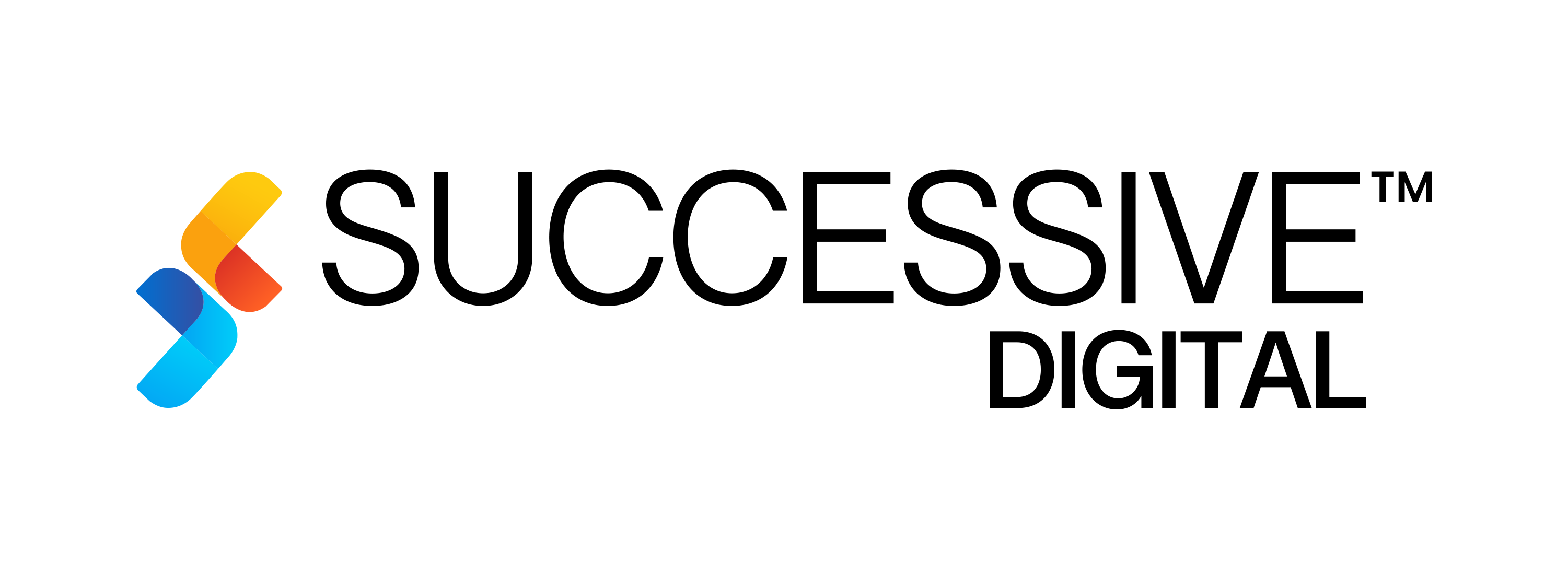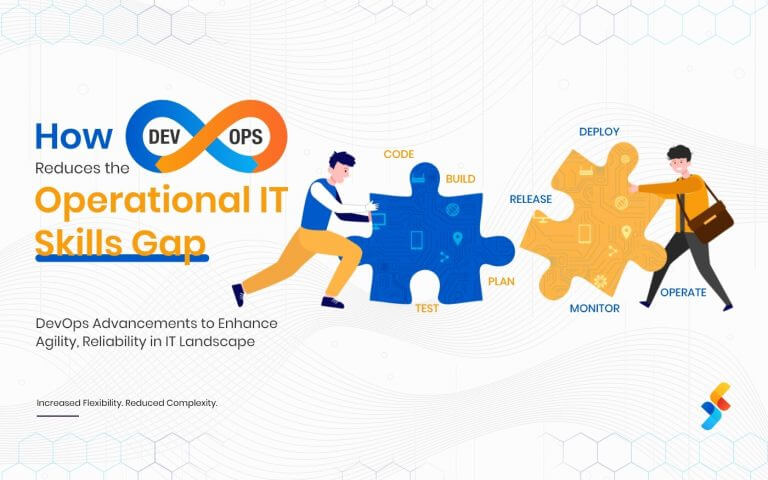About this
Project
About this project
The client set out to resolve critical inefficiencies in stakeholder communication, bid management, and collaboration across the construction industry by developing a cloud-native, centralized bidding platform. The solution was designed to enhance user experience and provide greater operational visibility for both general contractors and subcontractors. The scope of work encompassed a comprehensive web application for centralized access and management, three mobile applications to extend platform accessibility, seamless integration of robust third-party services to enhance platform functionality, and deployment on a scalable AWS Cloud Infrastructure to ensure reliability and performance at scale.
Scope
Product Engineering, CloudRegion
United StatesAbout
Client
About the client
The client is a leading construction tech company that provides a digital bidding platform designed for the construction industry, enabling seamless collaboration between general contractors, subcontractors, and suppliers. It streamlines preconstruction workflows and networking. Through its platform, the construction tech company offers web and mobile applications to streamline project postings, bid invitations, document sharing, and real-time communication. Operating in a domain where traditional processes dominate, the client aims to digitize and centralize the end-to-end bidding and project management lifecycle.


Our
Offering
Solution Overview
Successive Digital initiated the engagement by thoroughly assessing the client’s existing technology infrastructure to evaluate existing systems, workflows, and communication inefficiencies within the bidding process. Based on these insights, a strategic execution plan was developed, focusing on optimizing stakeholder collaboration and bid management through a centralized cloud platform. The planning phase included a detailed analysis of technical requirements, third-party integrations, and user experience across web and mobile applications. This structured approach ensured alignment with the client’s business objectives while leveraging AWS infrastructure to deliver a scalable, secure, and efficient solution tailored to the construction industry’s needs.
Centralized Cloud-Based Platform
The foundation of the platform is built on a centralized, cloud-native architecture hosted on AWS, providing a unified and scalable environment where General Contractors (GCs), Subcontractors (SCs), and Suppliers (SPs) collaborate. The platform eliminates traditional silos by managing all user interactions, data transactions, and project communications through a single system. Multi-tenant capabilities ensure data segregation, while shared services like identity, messaging, and notifications drive consistent experiences across both web and mobile apps.
Streamlined Bid Management Tools
Bid management workflows were engineered with modular components to support project posting, bid invitation, bid tracking, and document sharing. Through the web interface, GCs can create comprehensive project listings, attach scoped documents, and invite selected vendors directly. Bid status and submission timelines are tracked through a centralized dashboard. Mobile users can receive push notifications, view invitation details, and upload responses in real time. Backend logic includes status flags, automated triggers, and workflows for late or missing submissions.
Advanced Search and Matching Capabilities
Built with a faceted search architecture backed by Elasticsearch, users can filter and match opportunities based on trade specialization, geographic location, project type, historical engagement, and more. Search APIs are exposed to both web and mobile clients, enabling real-time discovery and contextual suggestions. This intelligent matching accelerates opportunity identification for SCs and Suppliers while ensuring that GCs receive high-quality, relevant bids.
Supplier & Subcontractor Directory Integration
The directory is powered by a relational database structure and enriched metadata, giving GCs the ability to browse and filter verified vendors. Vendors’ profiles include past project data, certifications, contact information, and engagement history. Integration across mobile and web allows for on-the-go access, and vendor tagging helps in shortlisting for future invitations. Directory entries are indexed for fast retrieval and integrated with the project posting module for immediate vendor selection.
Real-Time Collaboration and Notifications
To facilitate agile communication, the platform employs WebSockets and push notification services, allowing instant updates and status changes across users and devices. Alerts are triggered for bid invitations, document uploads, deadline changes, and project modifications. In-app messaging and discussion threads enable context-aware collaboration, reducing reliance on external communication tools and email threads.
Secure Document Management
Document storage is handled via Amazon S3 with lifecycle policies and version control. Each document upload is tracked with hash-based versioning to prevent overwrites and support audit trails. Role-based access ensures that only authorized stakeholders can view or edit files. Shared documents are also accessible on mobile devices with preview and download capabilities, even in offline mode.
Analytics and Reporting Features
An integrated analytics engine aggregates data across bidding cycles and vendor interactions. The reporting dashboard presents KPIs such as bid response rates, win/loss ratios, and time-to-award metrics using interactive visualizations. These insights help stakeholders refine future bid strategies and measure engagement effectiveness. Mobile access enables quick snapshot views, while web dashboards provide deeper drill-down capabilities.
Mobile Accessibility and Offline Support
The mobile applications are engineered with offline-first principles, utilizing local storage and background sync. Field users can continue capturing data, generating task videos, and drafting communications even in disconnected environments. Once connectivity is restored, updates are synchronized with the backend. The app interfaces are optimized for limited bandwidth and small screen sizes, ensuring seamless access to core functionality in the field.
User Role Management and Permissions
A granular role-based access control (RBAC) model governs user permissions across modules and services. Admins can define custom roles with specific scopes—such as project management, bid response, or document control. Each API and UI component checks for access tokens and roles before rendering actions. This ensures secure handling of sensitive project and financial data.
Integration with Third-Party Tools
The system supports seamless integration with external platforms such as ERP, CRM, and accounting software through RESTful APIs and webhook-based connectors. Besides that, the following integrations were also incorporated:
- Verisoul for identity verification and fraud prevention
- Nylas for syncing email and calendar events
- FullStory for capturing real-user session behavior
- LaunchDarkly for feature flagging and controlled feature rollouts
These integrations extend the platform’s functionality into broader enterprise workflows and provide a scalable path for future extensibility.
Our Approach
DevOps and SDLC Implementation
As part of the platform modernization and scalable infrastructure goals, we implemented a DevOps-driven SDLC approach that emphasizes consistency, automation, and environment-specific governance across the development lifecycle.
- Governed Multi-Account Setup with AWS CloudFormation
The client leverages AWS CloudFormation as a core tool to provision and manage the AWS Control Tower environment, which serves as the foundation for its multi-account strategy. CloudFormation ensures that all landing zones, guardrails, identity configurations, and account structures are deployed in a repeatable, secure, and policy-aligned manner. This approach allows for governed scaling of the AWS environment while maintaining enterprise-level compliance and operational consistency. - Environment-Specific Infrastructure Segmentation
Dedicated VPCs for Dev, QA, UAT, and Production are structured to mirror the SDLC stages, with integrated automatic Load Balancing (ALBs), Auto Scaling Groups, and purpose-defined subnets (public/private). This isolation supports secure testing and controlled promotion of application changes. - CI/CD and Infrastructure Automation
A continuous integration and deployment pipeline was designed using AWS-native services and custom scripts, enabling automated build, deployment, and rollback across environments. While CloudFormation is focused on managing the Control Tower framework, the application and operational layers are managed through modular automation practices to support ongoing agility and environment-specific customizations. - Scalable and Fault-Tolerant Architecture
Auto Scaling, Elastic Load Balancing, and multi-AZ deployments ensure high availability and performance optimization across workloads, supporting fluctuating demand and maintaining service continuity.
Content Delivery and Networking
To enhance asset delivery speed and ensure low-latency access for users across regions, Amazon CloudFront was leveraged as the primary Content Delivery Network (CDN). This enabled efficient caching and distribution of static and dynamic content. DNS management and high availability were maintained using Amazon Route 53, providing reliable domain routing and failover capabilities. Network security was reinforced through segmentation, with private and public subnets isolating backend services from public access. Additionally, VPC Peering was established between development, testing, and production environments, ensuring secure and seamless communication across the platform’s internal components.
Monitoring, Logging, and Security
Real-time operational visibility was achieved by deploying Amazon CloudWatch for continuous monitoring and proactive alerting on system performance and health metrics. To support centralized log management and facilitate troubleshooting, Amazon Elasticsearch Service was implemented, aggregating logs across all environments. Security was prioritized by enforcing AWS Web Application Firewall (WAF) and Shield Advanced, providing protection against common web exploits and DDoS attacks. Access management followed the principle of least privilege, with IAM roles and security groups meticulously defined for each service and user role, ensuring strict control over permissions and network traffic.
Result
Providing results that exceeded the client’s expectations
Business Impact
- 40% reduction in manual effort through automated bid management and document handling.
- 30% faster bid turnaround time, accelerating project execution.
- 2x increase in qualified bid responses via intelligent search and matching.
- 25% fewer delays through real-time collaboration and better planning.
- 3.5x higher vendor engagement driven by mobile access and opportunity visibility.
- 60% improvement in repeat vendor collaboration, strengthening supplier networks.
- Data-driven decisions are enabled by real-time analytics and performance tracking.
More
Case Studies
Successive Advantage
We have the expertise to solve industry-specific problems with evolving technologies. Reach out to start a conversation.
Connect with us ➔














